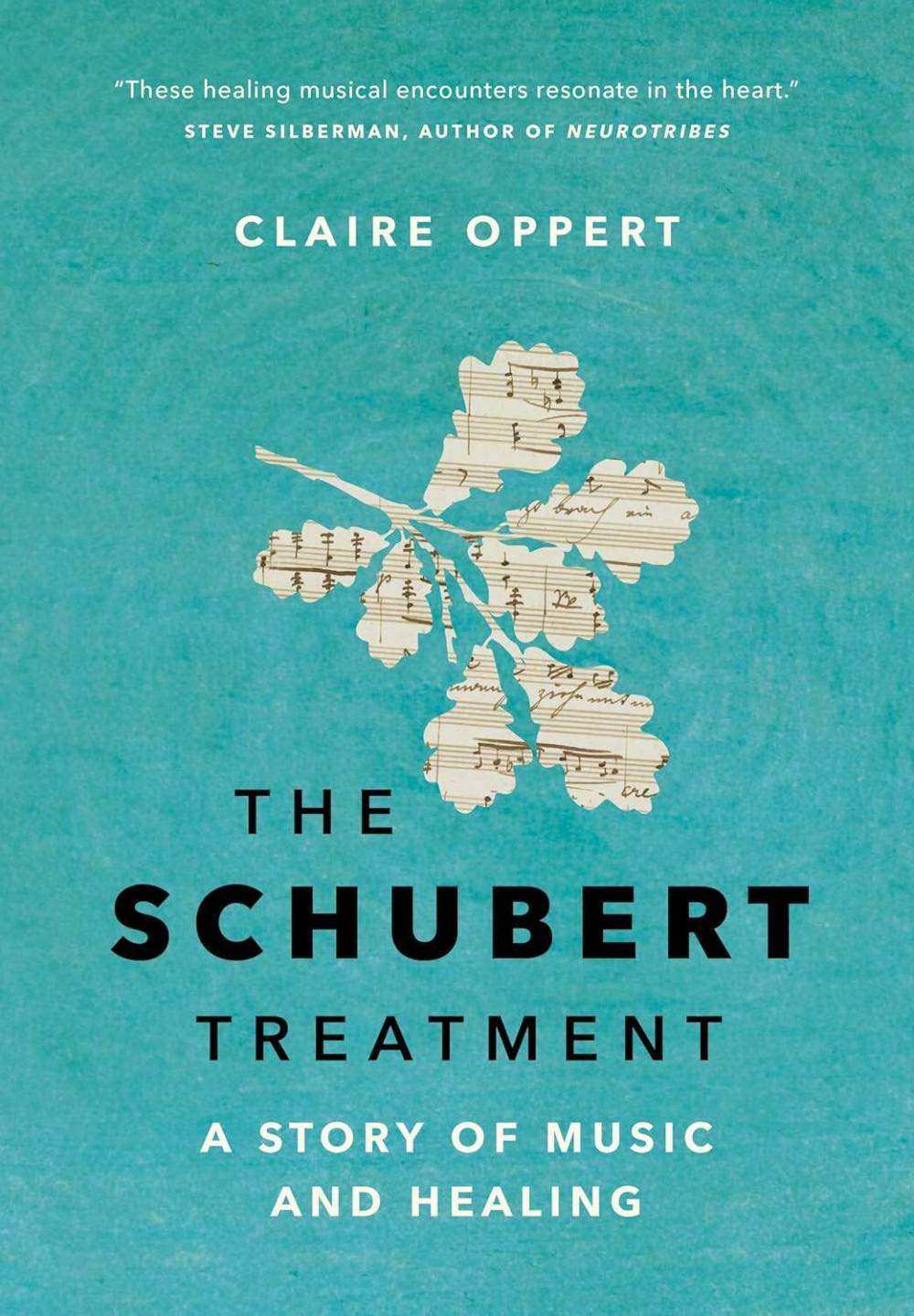Therapeutic benefits of cello just what the doctor ordered
Advertisement
Read this article for free:
or
Already have an account? Log in here »
To continue reading, please subscribe:
Monthly Digital Subscription
$1 per week for 24 weeks*
- Enjoy unlimited reading on winnipegfreepress.com
- Read the E-Edition, our digital replica newspaper
- Access News Break, our award-winning app
- Play interactive puzzles
*Billed as $4.00 plus GST every four weeks. After 24 weeks, price increases to the regular rate of $19.00 plus GST every four weeks. Offer available to new and qualified returning subscribers only. Cancel any time.
Monthly Digital Subscription
$4.75/week*
- Enjoy unlimited reading on winnipegfreepress.com
- Read the E-Edition, our digital replica newspaper
- Access News Break, our award-winning app
- Play interactive puzzles
*Billed as $19 plus GST every four weeks. Cancel any time.
To continue reading, please subscribe:
Add Winnipeg Free Press access to your Brandon Sun subscription for only
$1 for the first 4 weeks*
*$1 will be added to your next bill. After your 4 weeks access is complete your rate will increase by $0.00 a X percent off the regular rate.
Read unlimited articles for free today:
or
Already have an account? Log in here »
Hey there, time traveller!
This article was published 02/11/2024 (333 days ago), so information in it may no longer be current.
Many of us who love music know intrinsically and immediately that it makes us feel better. But is “ten minutes of Schubert” really “the equivalent of 5 mgs. of oxy (pain medication)”?
That, more or less, is one of the questions cellist Claire Oppert has been experimenting with for years.
A classical cellist and devoted art therapist, Oppert has worked for over 20 years with children with autism, people with neurodegenerative diseases, people in severe pain and palliative care or end-of-life patients. This compassionate piece of writing is the result of her work.

The Schubert Treatment
Oppert has taught music, speaks at medical schools and universities and has written several scientific publications focusing on the connections between art and care. She lives in France, where much of The Schubert Treatment, her debut memoir, takes place.
In addition to playing Schubert on her cello, Oppert plays Bach, Mozart, Beethoven and other classical artists as well as waltzes, Édith Piaf, Jewish, British and African music as well as pop, jazz and more.
Throughout the book, she offers her personal observations on the effect of her music on the patients she plays her cello for, describing their reactions as well as those of health care staff. Her memoir is less about her than it is about the patients and her “Schubert method,” which she feels dramatically reduces pain and stress.
The phrase “Schubert treatment” was coined by nurses attempting to change the dressing of an older woman who was screaming, hitting and attempting to bite them. When Oppert jumped in and unexpectedly played a few measures from Schubert, the patient’s arm relaxed, her screaming stopped and she almost smiled, Oppert writes.
The nurses managed to do their dressing, smiled at Oppert and said “You’ll have to come back… for the Schubert treatment.” The phrase stuck; Oppert found it to be “clever and appropriate.“
One year after this spontaneous experiment, Oppert developed the Schubert treatment protocol while working with over 100 patients at Sainte-Périne, an end-of-life care home in Paris. It was the department chief who noted “Ten minutes of Schubert is the equivalent of five milligrams of oxy.“
Medical studies soon followed. Oppert includes brief descriptions of the clinical trials that were conducted and the results — including data showing reductions in pain and anxiety reduction for both patients and caregivers.
This short story of music, and the temporary healing Oppert says it provides, is told in brief chapters, most of which include captivating short portraits of the often-enchanting and colourful patients she has worked with over the years.
In between vignettes of various patients, Oppert writes brief passages about her own past, some not even a page long, including short descriptions of her supportive mentors and parents.
Some portions of The Schubert Treatment are poetic, and in fact are little poems decribing how the music affects the people Oppert performs for. The short lyrical and poetic passages make for an easy read.
The publisher’s notes tell us that readers of Oliver Sacks’ books — The Awakening, for example — would be the “target audience“ for Oppert’s latest work. Readers will have to judge that for themselves.
However, both The Awakening and The Schubert Treatment are similarly passionate and overwhelmingly full of compassion and care concerning patients and their treatment.
Cheryl Girard has been living with constant severe pain, and listened to several of Schubert’s piano sonatas as she wrote this.


